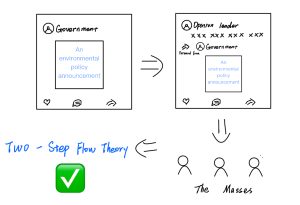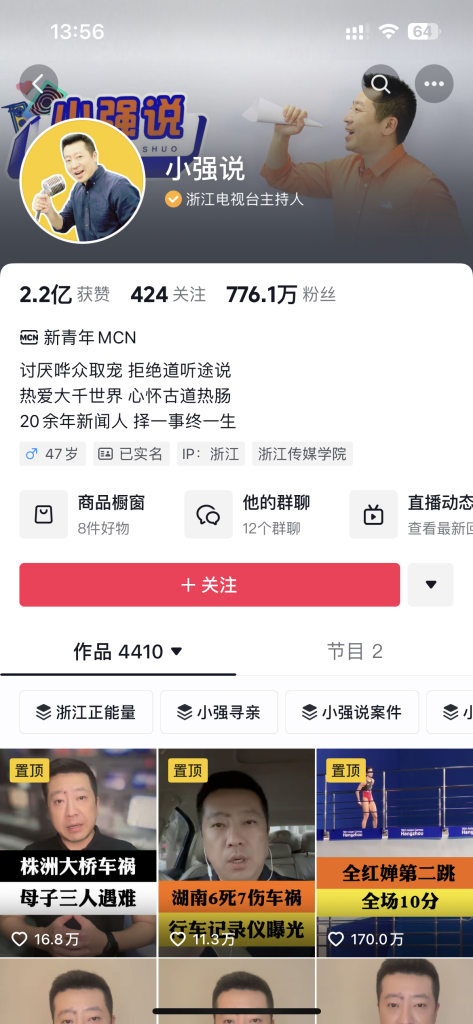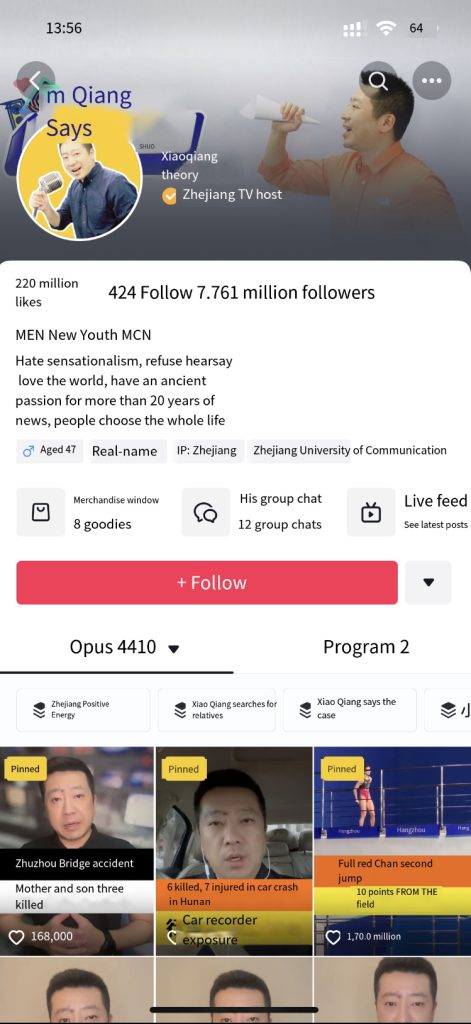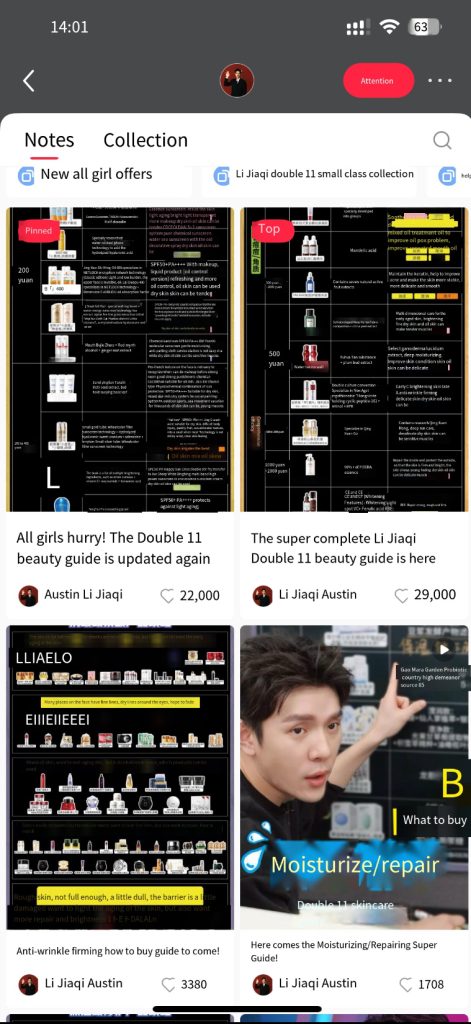As a communication theory, two-stage communication theory refers to the fact that most people form their own opinions under the influence of opinion leaders, who in turn are influenced by mass media. Lazarsfeld’s hypothesis of a “two-stage flow of communication” first appeared in his 1944 book The People’s Choice. He believes that mass communication does not flow directly to the general audience, but there are opinion leaders in the middle as communication. Namely “Mass communication – > Opinion Leaders – > General Audience”. In 1968, Lazarsfield improved on this concept by arguing that in two transmission processes, opinion leaders would filter a small amount of ideas and information when conveying information to the general public. He believed that the mass media only completed the function of information transmission (information flow), while the transmission of opinion leaders had a certain influence function (influence flow).

Take social media as an example, the rise of the Internet era has produced a new profession, blogger (influencer, KOL). Often these people act as opinion leaders. An event is officially disseminated or disseminated without any stance, forming an information flow. After seeing a certain event, some opinion leaders will elaborate the incident and make comments and analysis according to their own positions and opinions, and express their emotions and attitudes. However, some general audiences brushed the video of a certain opinion leader, thus affecting their own cognition and judgment, forming an influence stream, and completing the two-level communication.
These are usually divided into two types that appear on social media.
The first type is the occurrence of a certain event, and opinion leaders voice their opinions and provide commentary to guide public opinion. Many official accounts have launched analyses and interpretations of hot news on social media, such as Douyin’s “Xiao Qiang Says,” where Xiao Qiang, a well-known Chinese host, has a huge influence, so he serves as an opinion leader to analyze and comment on certain news, making it more believable to the audience;
The second type is often used for online sales. Opinion leaders will try out a product and explain its features and their own experiences, thereby converting information flow into influence flow and guiding general audiences to make purchases. As for KOL, it serves as a channel for interpersonal communication between opinion leaders and general audiences. Generally, the general audience appears as the fans of the opinion leaders, and they are more likely to accept the advice and views of the opinion leaders based on trust and closeness. For example, Li Jiaqi, a well-known live-streaming salesperson in China, has turned live-streaming sales into IP marketing. His words have already penetrated people’s hearts, and the public is influenced by him and buys the products he is promoting. In fact, it is his personal IP that is endorsing the brand.
Taking Twitter as an example, the government releases policy information on the Twitter platform, resulting in two levels of communication.
- The government’s role: The government posts a new environmental policy on Twitter, and the government acts as a primary communicator.
- Primary dissemination: The government sends out relevant tweets to convey policy information to a number of followers, including news media, industry leaders, environmental groups, etc. This is first-class communication, which does not include anyone’s views, but directly conveys the policy content.
- Secondary dissemination: With the information released by the government, users begin to interact, share and reply on social media. When these news outlets, industry leaders, environmental groups, etc., republish or circulate it with their own opinions and comments. They spread government information to their followers, which achieves secondary dissemination. Their opinions and comments will, to some extent, influence the general audience’s views and attitudes towards the new policy.

In the propagation and diffusion of innovation, the two-stage propagation model is of great significance. Audience adoption of innovation consists of the stages of cognition, persuasion, decision making, use, and validation. Under the interpretation of the two-level communication model, mass communication plays an important role in people’s cognitive stage, and interpersonal communication has a more significant impact in the stage of persuasion and decision making.






Hi Haoyu
I think you have a thorough understanding of the “Two-step Flow Theory.” By providing examples of Chinese influencers and how they manage their social media accounts to convey their views on various events to their followers, you effectively explain the concept of “opinion leader.” You also detail how they establish themselves as opinion leaders to influence people’s shopping habits and perceptions, demonstrating the significant impact they can have.
Moreover, you mentioned the government as an opinion leader and its efforts on social media, which I completely agree with. Generally, the information and viewpoints supported by the government reflect mainstream culture and serve as a driving force for social harmony. Without government backing on topics like employment, agriculture, and healthcare, these crucial issues might be overlooked, even though they directly affect people’s lives. Therefore, the role of opinion leaders is indeed a vital step or role in shaping public discourse.
Hello Haoyu,
it seems that your blog understands the role and impact of two-step communication. Indeed, as you said, mass communication plays an important role in people’s cognitive stage. According to examples, people who publish their views on Tiktok, influential people usually bias some ordinary people, and they will output their views as an opinion leader to spread their ideas, which will affect others invisibly. Then whether this behavior will bias people needs more in-depth discussion. Anyway, thank you for your blog.